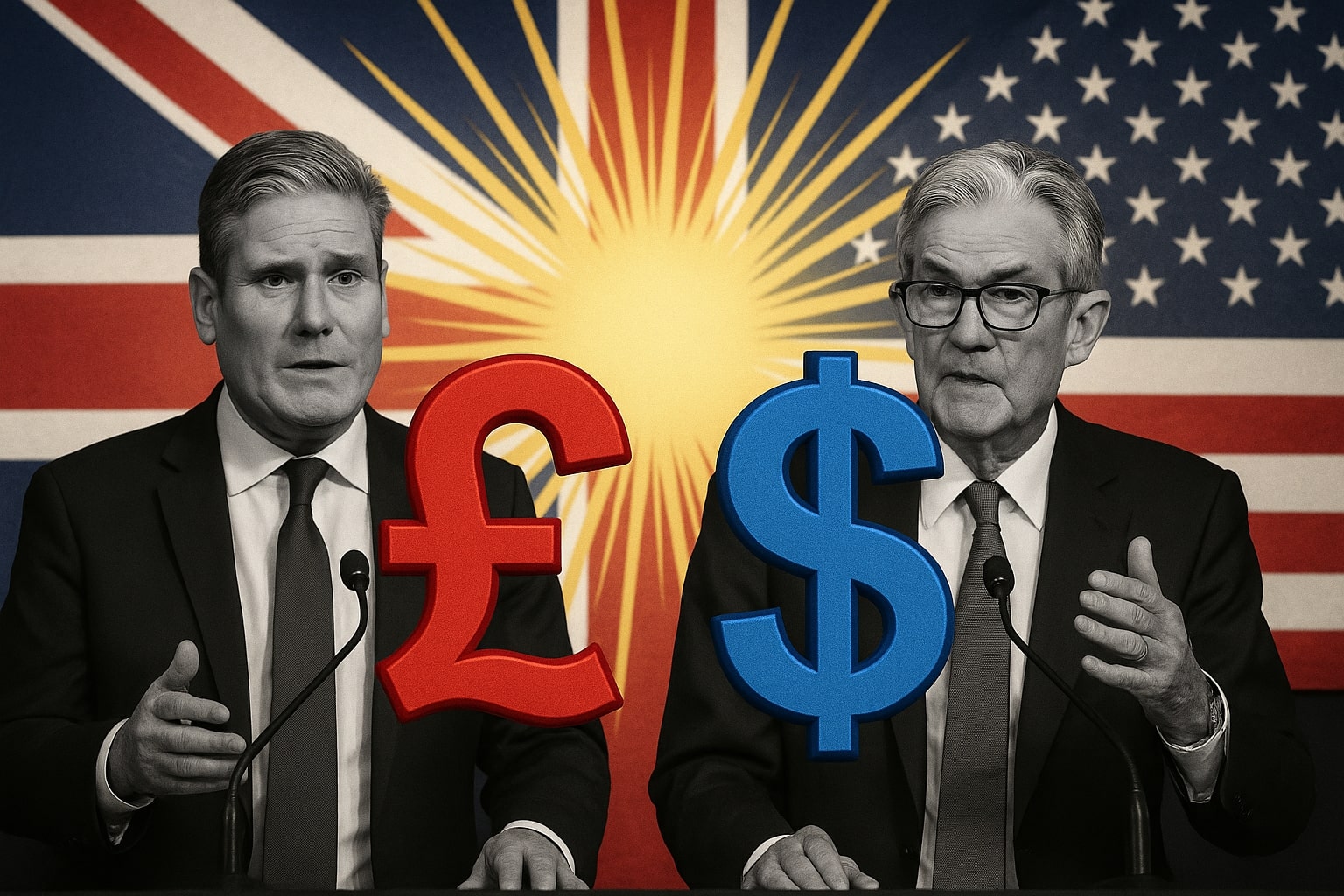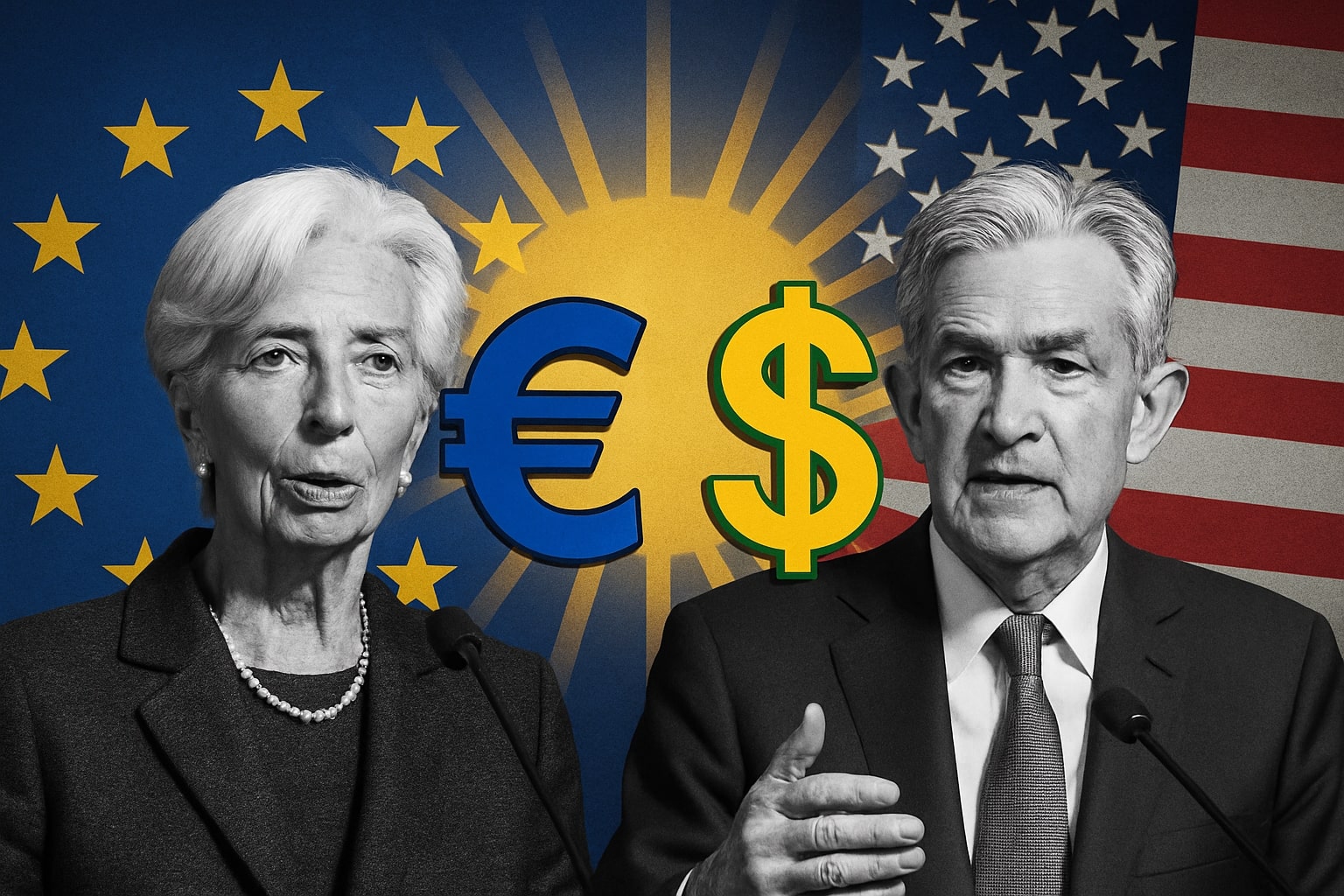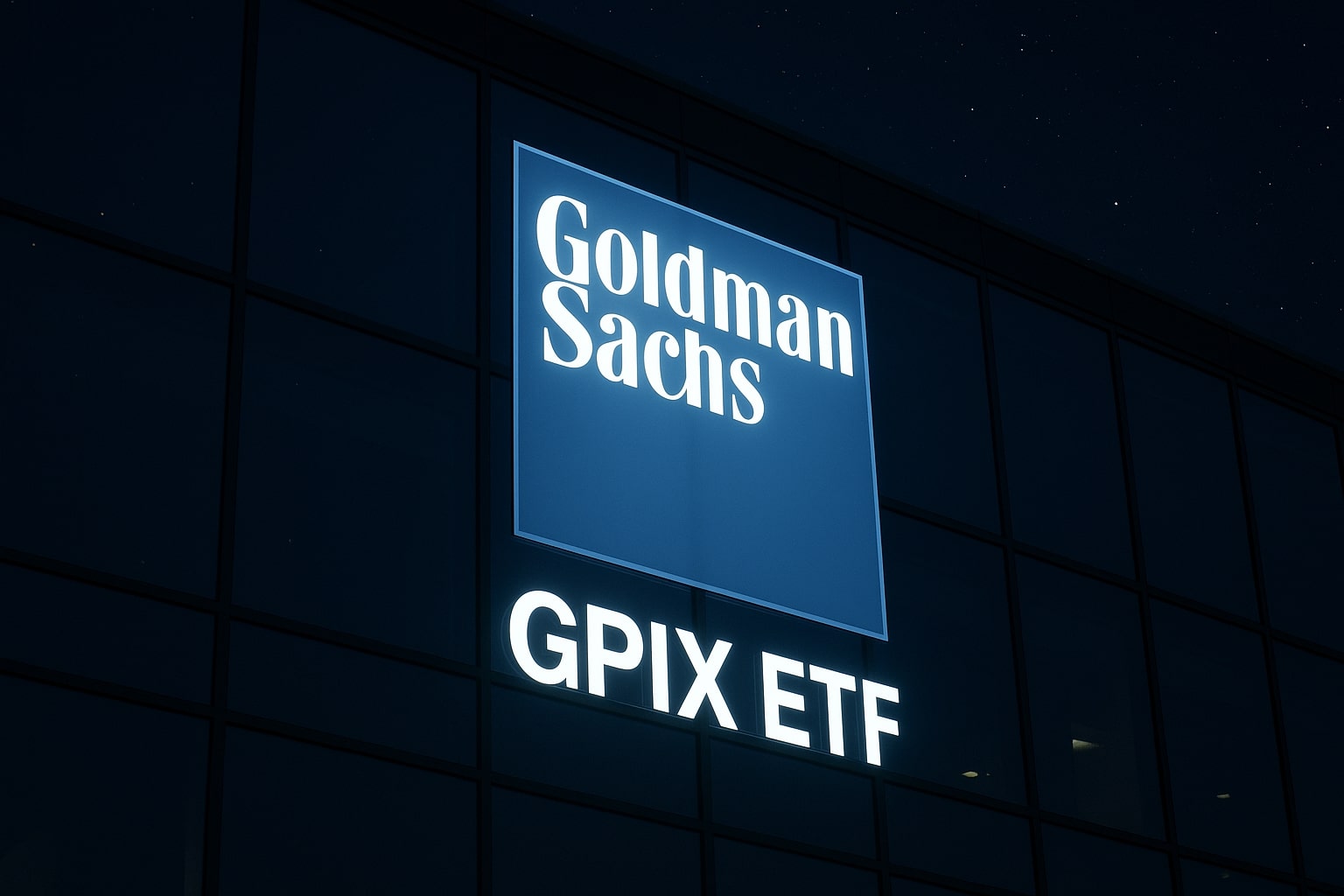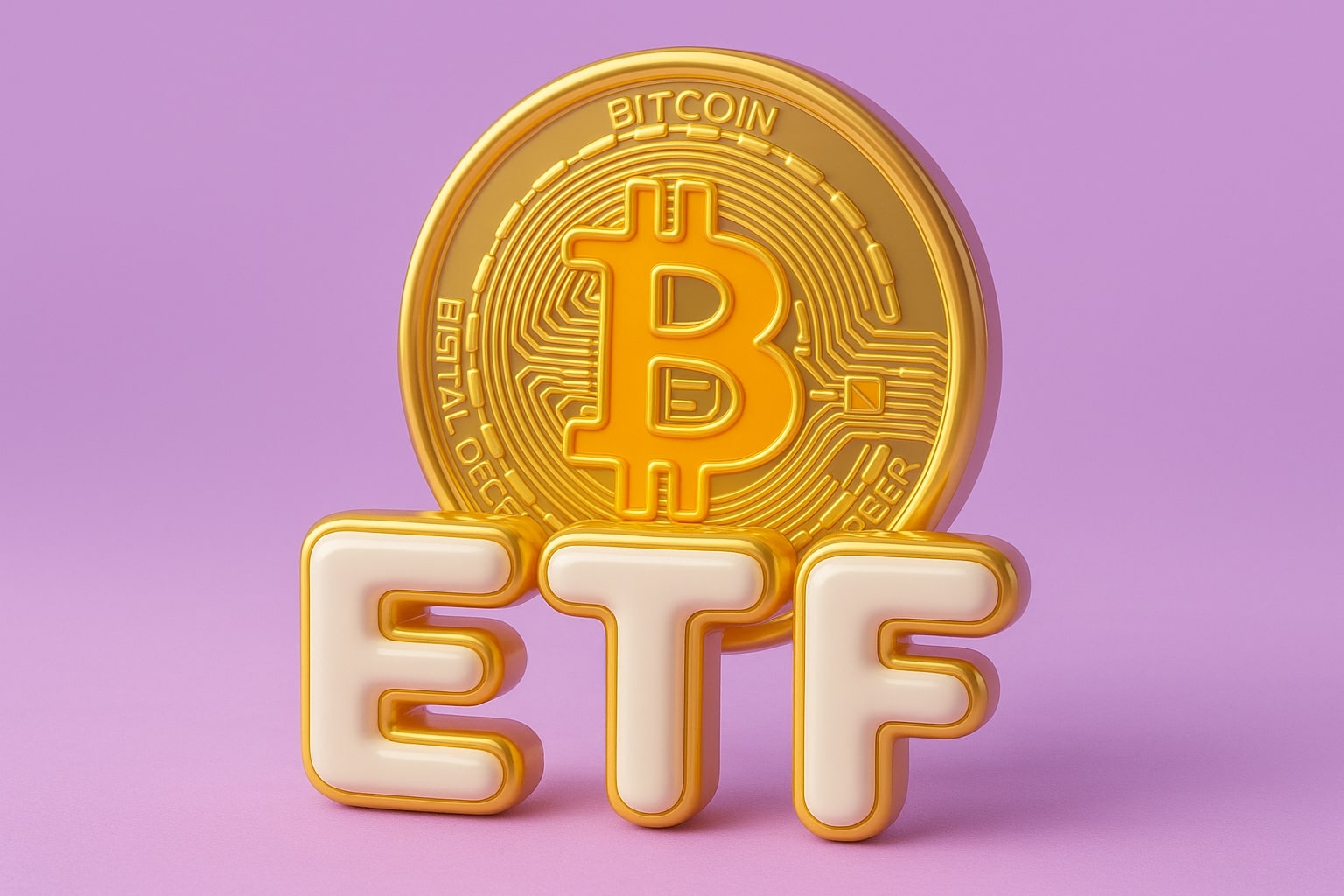
EUR/USD Price Forecast: Euro to USD Slips to 1.1750 as German IFO Weakens and Fed Signals Policy Caution
The euro retreats on soft German sentiment and cautious Fed messaging, with traders eyeing 1.1730 support and 1.1820 resistance ahead of critical US PCE inflation data | That's TradingNEWS
EUR/USD Slides to 1.1750 as German Data Disappoints and Fed Division Strengthens the Dollar
The EUR/USD pair is under heavy pressure, trading in the mid-1.1700s after failing to hold the 1.1820 ceiling earlier this week. The selloff was triggered by a sharp decline in Germany’s IFO Business Climate index, which fell to 87.7 in September from 89.0 in August, undershooting expectations of 89.3. Both the current assessment and forward-looking expectations deteriorated, reflecting deepening concern inside Europe’s largest economy. Weak manufacturing readings reinforced the drag, with German PMI sliding to 48.5 and France’s manufacturing index tumbling to 48.1, a three-month low.
Fed Voices Split While the Dollar Gains
Across the Atlantic, the U.S. dollar regained strength as the Federal Reserve’s messaging remained cautious. Chair Jerome Powell warned that aggressive rate cuts are not guaranteed, even as markets still price in up to two more reductions before year-end. He highlighted the “challenging balance” between curbing inflation and supporting a labor market already showing cracks. Meanwhile, new Trump-appointed governor Stephen Miran pushed for bolder easing, even suggesting a 200-basis point cut, while Michelle Bowman argued employment should take priority over inflation. Despite the noise, the dollar index surged above 97.30, helping drive EUR/USD lower.
Eurozone Data Contrast: Services Resilient, Manufacturing in Decline
The broader eurozone PMI showed a stark divergence. Services activity surprised with an uptick to 51.4, above the expected 50.5, while manufacturing dropped to 49.5, undershooting the 50 expansion threshold. France’s service sector remained in contraction, with the index at 48.9, while Germany’s service sector outperformed at 52.5, pointing to a growing reliance on services as factories struggle. This split underlines why the European Central Bank has been reluctant to commit to additional cuts after leaving rates unchanged in September, keeping policy divergence with the Fed alive.
U.S. PMI Confirms Slowdown but Still Expansionary
Preliminary September PMI data out of the U.S. confirmed cooling momentum but not outright weakness. Services slipped to 53.9 from 54.5, and manufacturing eased to 52.0 from 53.0, both in line with consensus. The composite index printed at 53.6, still comfortably above the 50 expansion threshold. Rising input costs combined with slower output price growth highlighted margin compression, but resilience in the data gave the Fed cover to resist aggressive easing for now.
Technical Picture for EUR/USD Signals Further Downside
From a technical standpoint, EUR/USD breached the 1.1780 support, exposing the key trendline around 1.1740. The RSI has fallen below 50, confirming weakening momentum, while the MACD crossed beneath the signal line, reinforcing bearish bias. A clean break below 1.1740 opens the path toward the September 22 low at 1.1730 and then the September 12 trough at 1.1700. On the upside, the 1.1820 cap remains the first barrier, followed by 1.1850 and 1.1878.
Read More
-
GPIX ETF At $52.52: 8% Yield And Dynamic S&P 500 Income Upside
13.12.2025 · TradingNEWS ArchiveStocks
-
XRP ETFs Surge Toward $1B As XRPI Hits $11.64 And XRPR $16.48 With XRP Near $2
13.12.2025 · TradingNEWS ArchiveCrypto
-
Natural Gas Price Forecast: NG=F Hovers Near $4.07 Support After 22% Weekly Slide
13.12.2025 · TradingNEWS ArchiveCommodities
-
USD/JPY Price Forecast - Dollar to Yen at 154–158 Range as BoJ 0.75% Hike and Fed Cut Debate
13.12.2025 · TradingNEWS ArchiveForex
Investor Positioning and Sentiment in EUR/USD
Capital.com data shows sellers controlling 60.6% of open positions, with buyers holding only 39.4%, highlighting a market skewed toward bearish bets. Risk aversion across equities and commodities is amplifying flows into the U.S. dollar, leaving the euro exposed. Order books confirm renewed offers above 1.1800, suggesting rallies are likely to be sold.
Macro Events Ahead and Market Triggers
Traders will watch U.S. New Home Sales, projected around 650K, followed by Q2 GDP revisions at 3.3%, unemployment claims at 233K, and Friday’s PCE inflation print. Any softness in PCE could give the euro a temporary bounce, but sustained divergence between the Fed and ECB keeps downside risks alive. On the European side, further IFO and PMI follow-through data will test whether the services resilience can offset manufacturing deterioration.



















